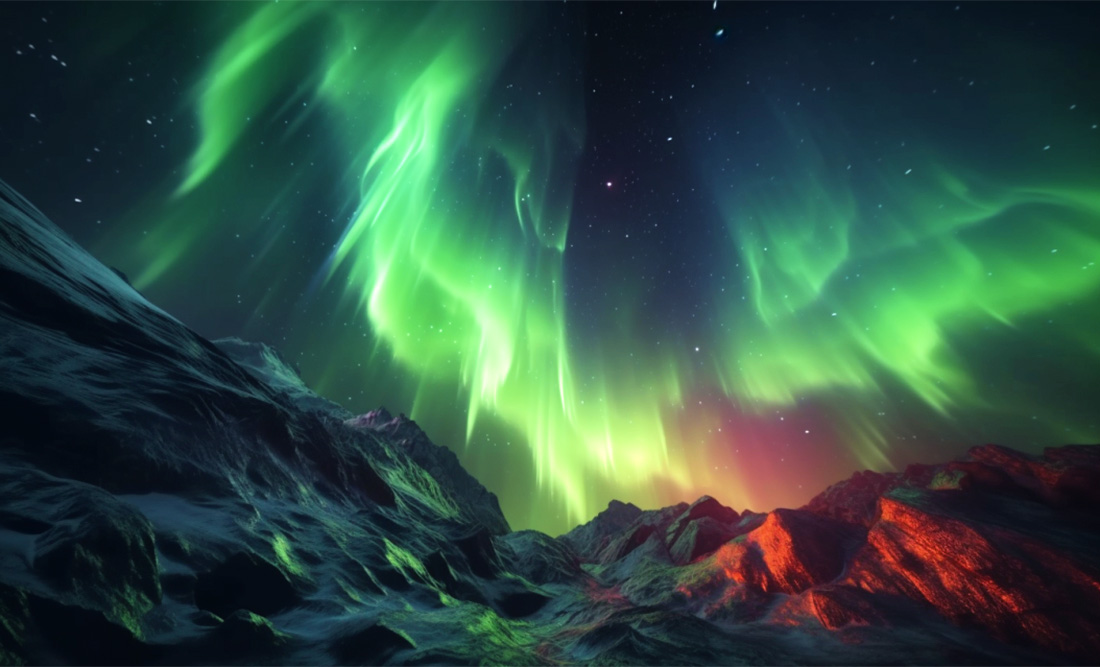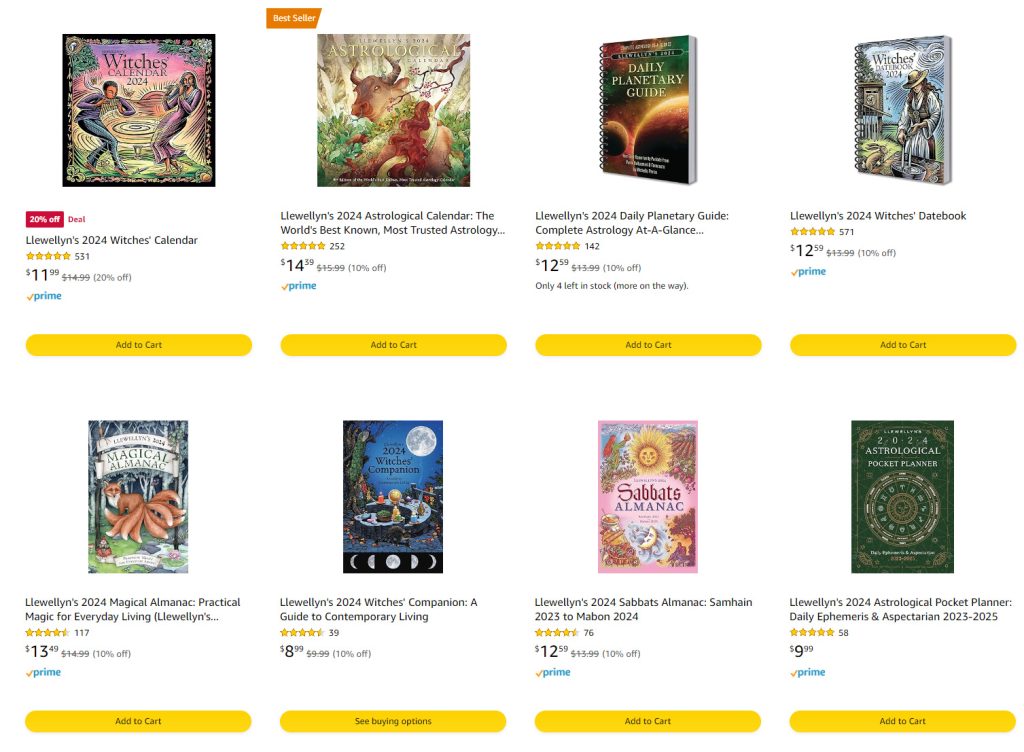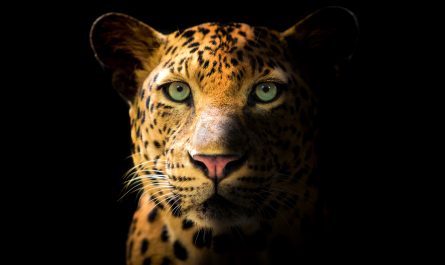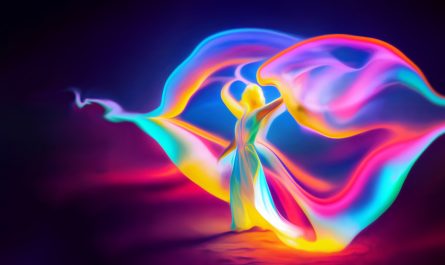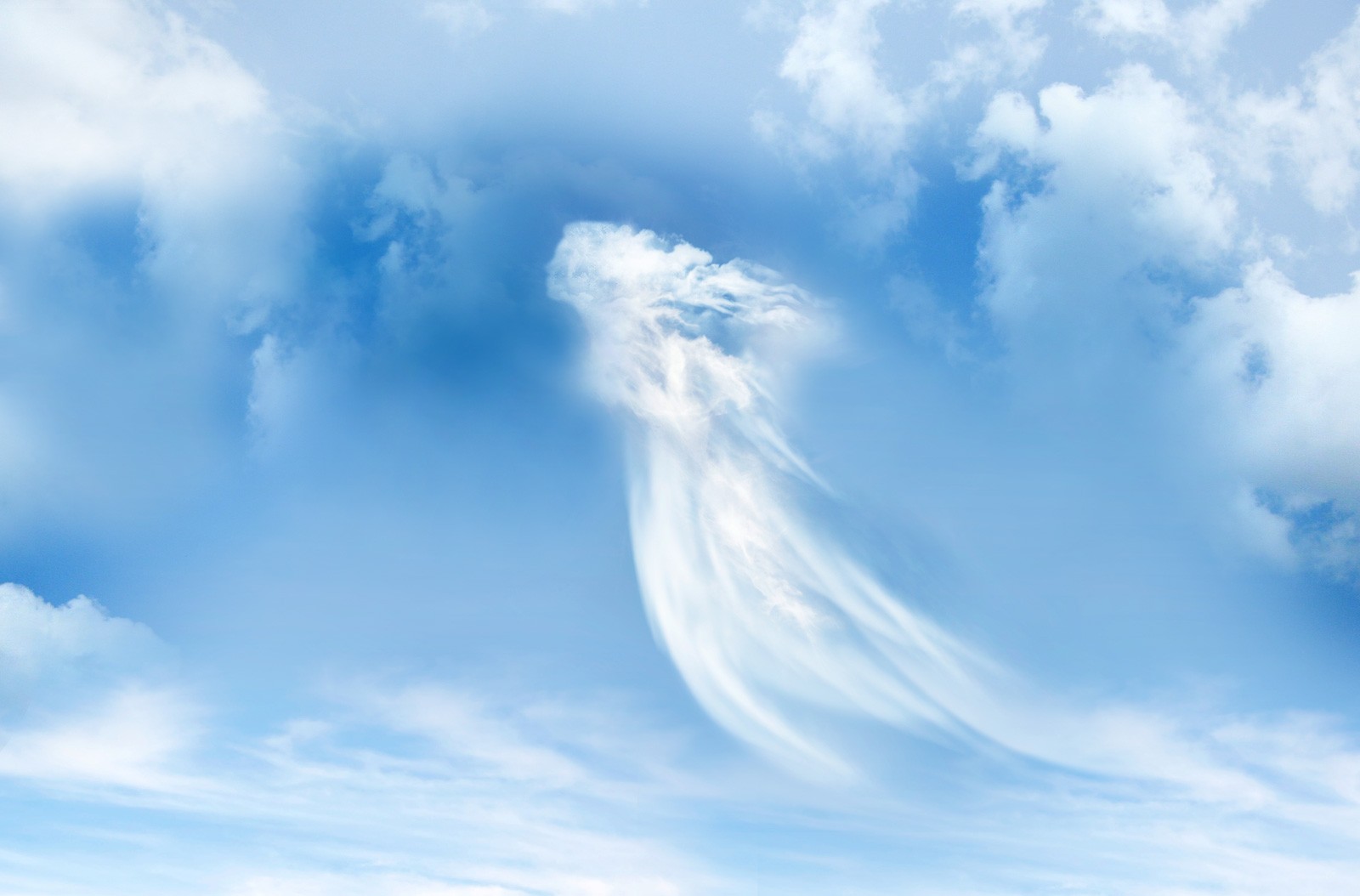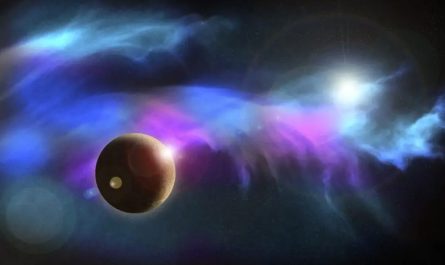Last Updated on December 22, 2024 by Avia
As the night sky illuminates with a mesmerizing display of vibrant colors, dancing and moving in waves across the horizon, you can’t help but feel a sense of wonder and awe if you’ve ever seen it. The Aurora Borealis, or Northern Lights (the two terms are interchangeable), is undoubtedly one of nature’s most stunning phenomena. This dazzling light show has captured the human imagination from ancient myths to modern-day fascination for centuries. But what exactly is the symbolism of the Northern Lights?
Attempting to answer that question, I’ve cooked up a big batch of Aurora Borealis facts and some sparkly stories about the symbolism of the Northern Lights and myths about this celestial wonder in various cultures. If that sounds groovy to you, then please – read on!
Table of Contents
- What is the Aurora Borealis?
- What Causes the Aurora Borealis to Appear in the Sky?
- When Can the Northern Lights Be Seen the Best?
- Where is the Aurora Borealis Best Seen?
- What is the Symbolism of the Aurora Borealis?
- How Different Ancient Cultures View the Northern Lights
- Greek Myths and Legends Associated with the Aurora Borealis Meaning
- Native American Myths About the Northern Lights Meaning
- Alaskan Native American Myths About the Aurora Borealis Meaning
- Irish Celtic Myths About the Aurora Borealis
- Norse and Viking Myths About the Northern Lights
- Canadian Stories and Myths About Aurora Borealis Sightings
- Spiritual Meaning of the Northern Lights
- What Does it Mean When You See the Aurora Borealis?
- Frequently Asked Questions About the Aurora Borealis Northern Lights
- Conclusion
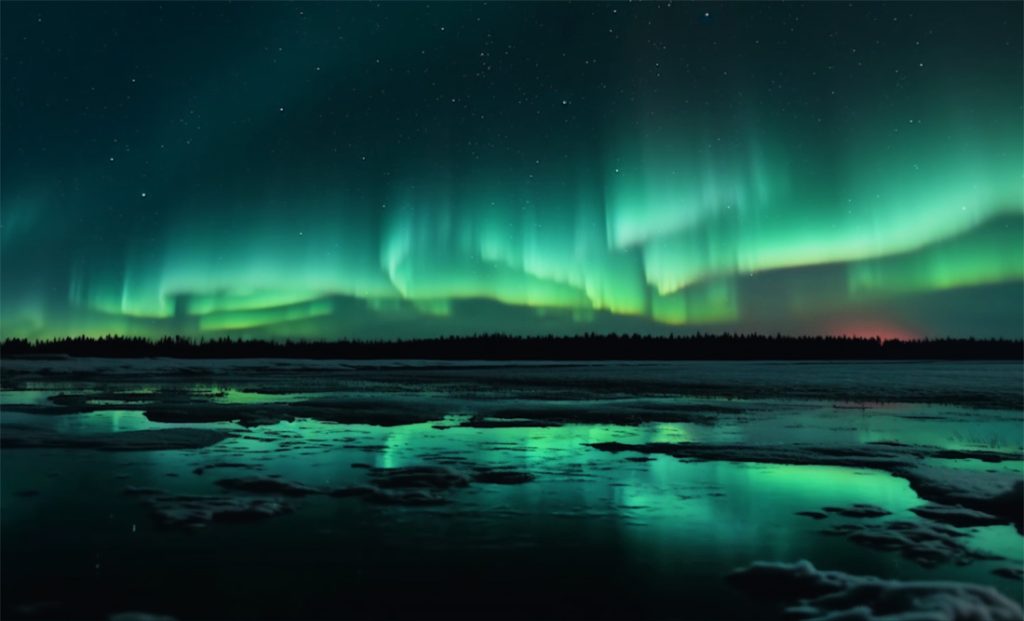
What is the Aurora Borealis?
The Aurora Borealis, also known as the Northern Lights, is a natural phenomenon of colorful lights that appear in the night sky. These lights are usually seen near the earth’s magnetic poles and can be observed in countries like Norway, Finland, Sweden, Canada, Iceland, and parts of Alaska.
The Northern Lights are created by solar particles colliding with gas molecules in the Earth’s atmosphere. When these particles collide with oxygen molecules at an altitude of about 60 miles above sea level, it causes a bright greenish-yellow light appears.
However, colliding with nitrogen molecules creates a red or blue light, which adds to its beauty. The colors depend on what gases are being collided with and how high up in the atmosphere this collision takes place.
Interestingly enough, during periods of high solar activity, such as solar flares or coronal mass ejections (CMEs), there tend to be more intense auroras visible from Earth due to increased electrons and protons interacting with our planet’s magnetic field. Pretty cool, eh?
What Causes the Aurora Borealis to Appear in the Sky?
I talked about this a little bit, but let’s dive a little deeper into the nuts and guts of what causes the Aurora Borealis to appear in the sky. So, what exactly causes this stunning display in the sky? The answer lies in our planet’s magnetic field and its interaction with charged particles from the sun.
These charged particles travel towards Earth at high speeds and are drawn towards the North Pole and South Pole by our planet’s magnetic field. As these particles collide with molecules of oxygen and nitrogen in Earth’s atmosphere, they release energy in the form of light, creating beautiful auroras.
The colors we see during an aurora depend on which type of molecule is being excited by the charged particles. Oxygen produces green or yellow light, while nitrogen produces blue or red light.
Solar activity significantly affects how bright and frequent auroras appear in certain regions. During periods of high solar activity, more charged particles are emitted from the sun, resulting in stronger and more frequent auroras visible further south than usual.
It’s a fascinating combination of science and nature that creates this incredible phenomenon for us to marvel at, wouldn’t you agree?
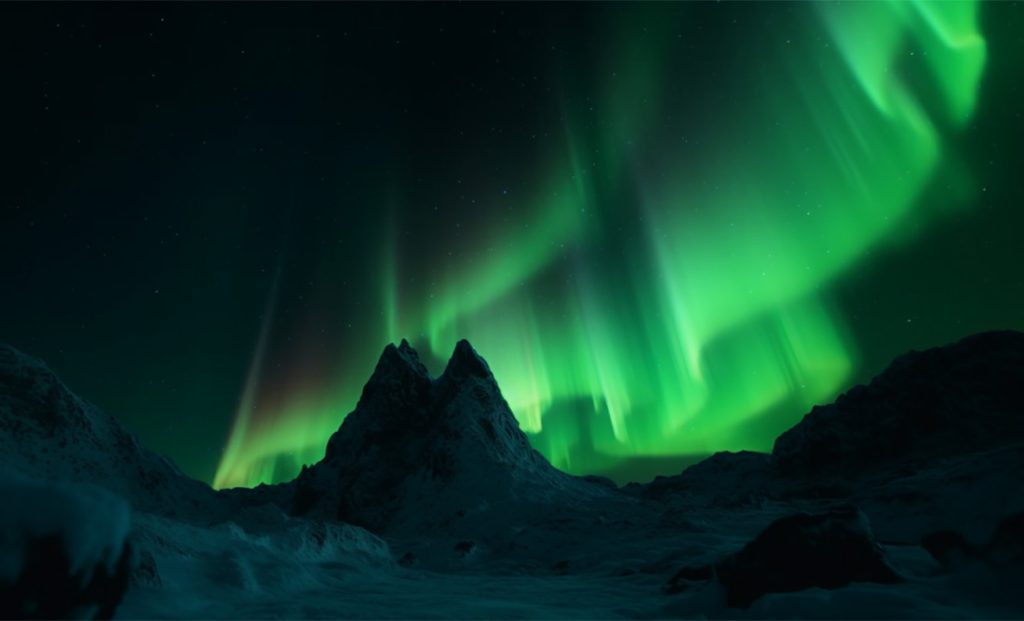
When Can the Northern Lights Be Seen the Best?
The Northern Lights can be seen in the night sky throughout the year. But that’s a tricky statement. In reality, their visibility and intensity depend on a variety of factors, such as solar activity, weather conditions, and location.
The best time to see the Northern Lights is during the winter months when there are longer hours of darkness. Specifically, September through April is considered to be the prime aurora viewing season due to this extended period of darkness. However, the period between August evenings and the middle of April is also a sublime time to see these eerily delightful lights.
However, it’s important to note that even during these months, there is no guarantee that you will see them. The visibility depends greatly on solar activity, cloud cover, weather conditions, and many other factors.
So, make your plans, hope for the best, and be grateful you were prepared – even if you might miss this spectacular sight. After all, the deep Aurora Borealis meaning and the bodacious energy is still there – even if you cannot see them with your physical eyes.
I recommend timing your trip (if you’re intent on seeing the Northern Lights) around a new moon or low light pollution areas like Alaska or Norway, where they are particularly visible due to being closer to one end of the Earth’s magnetic pole.
While there isn’t an exact answer about when the auroras can be seen most easily because seeing them requires favorable conditions all at once – clear skies with minimal light pollution along with strong enough geomagnetic storms – planning your visit during winter months can increase your chances exponentially!
Where is the Aurora Borealis Best Seen?
Many people travel to countries like Norway, Finland, and Iceland to see this beautiful display of lights. These places offer clear skies and are situated close to the Arctic Circle, making them ideal for Northern Lights sightings.
However, other areas like Canada and Alaska are great locations to witness these incredible lights. The Canadian province of Yukon has been named one of the best places in the world for viewing Aurora Borealis because of its clear night skies with little light pollution.
In addition to these popular destinations, there are many other places where you can catch glimpses of this breathtaking natural occurrence, including Sweden, Greenland, and Russia.
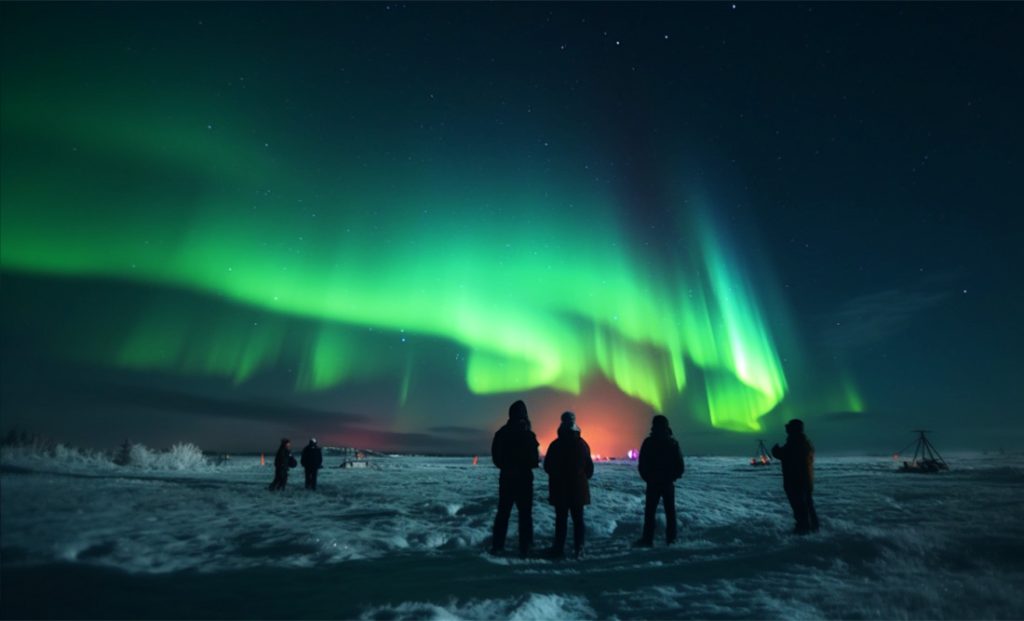
What is the Symbolism of the Aurora Borealis?
Whether you call them the Northern Lights or the Aurora Borealis – one this is certain – these bedazzling lights are symbolic! This epic event has been viewed by many cultures throughout history as a symbol of spiritual energy and divine illumination. I daresay these shimmering lights in the sky have fascinated people for centuries and have given rise to countless myths and legends about their origins.
To wit – some cultures view the Aurora Borealis is seen as a bridge between heaven and earth, representing the connection between the physical world and the spiritual realm. These beautiful lights are believed to be a sign from spirits who are watching over us, guiding us on our journey through life.
For others, the Northern Lights symbolize strength, power, and resilience. This natural phenomenon can be unpredictable at times but remains steadfast in its beauty and fiercely breathtaking presence – despite changing weather conditions or external factors.
The colors of the Aurora Borealis also hold significant symbolism. The green hue represents healing energy, while blue represents calmness and tranquility. Red indicates passion, while purple signifies creativity.
It’s safe to say that there is no definitive answer regarding what exactly the Aurora Borealis symbolizes. Its meaning varies depending on cultural beliefs as well as individual interpretation – making this natural wonder all the more fascinating!
How Different Ancient Cultures View the Northern Lights
The Aurora Borealis has been viewed and celebrated by various ancient cultures around the world for centuries. Here’s a brief look into the Northern Lights meaning in various different cultures:
Greek Myths and Legends Associated with the Aurora Borealis Meaning
Greek mythology is full of stories and legends about the Aurora Borealis. According to Greek myth, the Northern Lights were a sign from the gods that something important was about to happen. The goddess Athena was often depicted as having a connection with the Aurora Borealis, as it represented her wisdom and knowledge.
The ancient Greeks believed that the Aurora Borealis was caused by Helios, the god of the sun, who would ride his chariot across the sky each day. At night when he retired to rest in his palace beyond Oceanus (the outermost river encircling Earth), he would leave behind him a trail of glowing light which we now know as Aurora Borealis.
Another legend tells us that Demeter, the goddess of agriculture and harvests, created the Northern Lights to show gratitude for Hades releasing her daughter Persephone from captivity in his underworld kingdom.
In Greek culture, seeing an aurora meant great change or significant events were on their way. It’s no wonder why they thought it was caused by divine intervention!
These myths demonstrate how deeply intertwined ancient cultures were with natural phenomena such as auroras – viewing them not simply as mere curiosities but imbued with deep spiritual significance too.
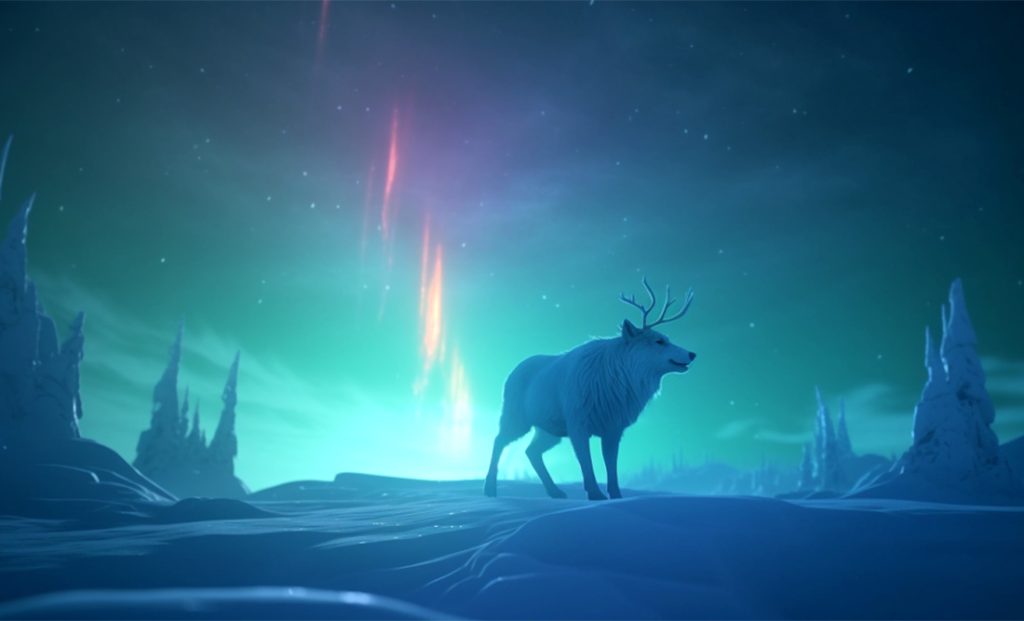
Native American Myths About the Northern Lights Meaning
Native American cultures from Alaska, Canada, and the northern United States also have their own myths and legends about the Aurora Borealis. In some traditions, the Northern Lights represent the dancing spirits of ancestors who have gone to live in the sky.
According to one Inuit legend, a group of hunters once became lost on their way home while hunting caribou. They built a fire for warmth but soon began to see strange colors moving across the sky above them. The elders among them explained that these were the spirits of their ancestors playing ball with a walrus skull in the sky.
In another tradition, Algonquin tribes believed that Nanahboozhoo – a spirit or trickster figure – created an opening in the sky so humans could communicate with their creator through whispers carried up on smoke from sacred fires.
For many Native Americans living in areas where they can see this natural phenomenon frequently, it continues to be an important part of their culture today. It is seen as both awe-inspiring and deeply spiritual – connecting people to nature and reminding us of our place within it.
Alaskan Native American Myths About the Aurora Borealis Meaning
Alaskan Native American myths about the Aurora Borealis are deeply rooted in their culture and beliefs. According to Yupik Eskimo legends, the Northern Lights were caused by the spirits of animals they hunted, such as walruses and seals. The lights guided lost hunters or souls, trying to find their way to the afterlife.
Similarly, Inupiaq people believed that the Aurora Borealis was a celestial phenomenon created by spirits playing games with walrus skulls. They also thought that if children whistled at the Northern Lights, it would come down and take them away.
The Tlingit tribe viewed the Aurora Borealis as fire from torches carried by ancestors who had passed on. They believed that it was an ancestral reminder to keep their traditions alive.
For many Alaskan Native Americans, witnessing the Northern Lights is still considered a spiritual experience that connects them with their cultural heritage and ancient beliefs.
These myths demonstrate how important nature is in native cultures and how they use stories to explain natural phenomena in ways that incorporate spirituality into daily life.
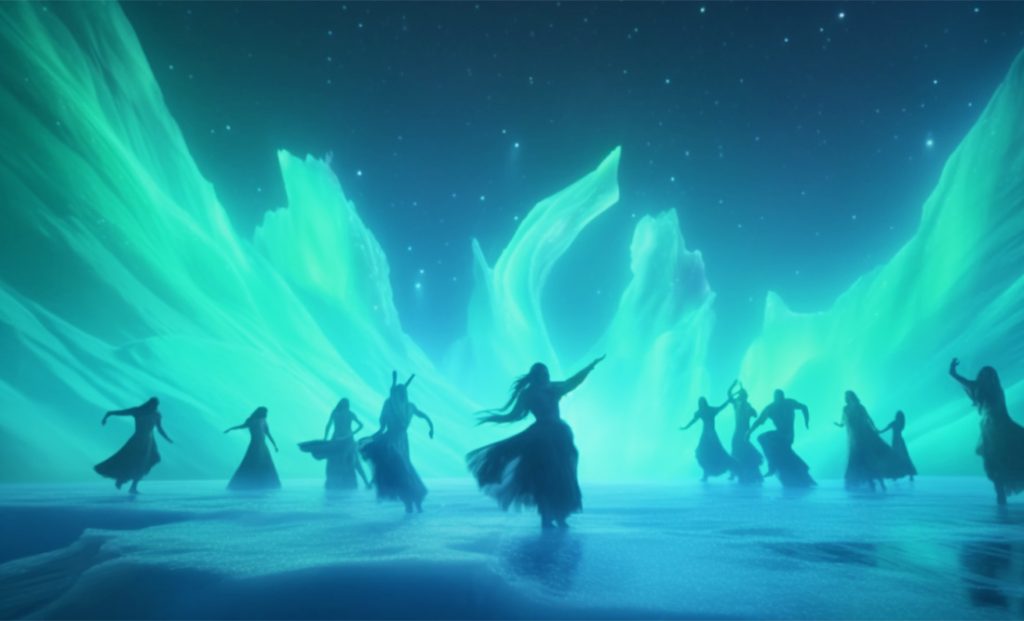
Irish Celtic Myths About the Aurora Borealis
The Aurora Borealis has been a source of wonder and amazement for many cultures throughout history, including the Irish Celts. In Celtic mythology, the Northern Lights were believed to be a sign from the gods.
According to legend, when warriors fell in battle, their souls would travel through the sky as streaks of light. These lights were known as “na fir shiol,” or “the men of peace.” The aurora was thought to represent these fallen warriors making their journey to the afterlife.
In addition to its association with fallen warriors, the Aurora Borealis was also believed by some Celts to be a gateway between our world and that of spirits and fairies. It was said that during times when the Northern Lights were particularly vibrant, it was possible for humans to cross over into this other realm.
The magical nature of the aurora even extended beyond death. Some legends suggest that if someone died while viewing the Northern Lights, their soul would ascend directly into heaven without needing any assistance from spirit guides.
These myths show how deeply ingrained in Celtic culture is an appreciation for both natural beauty and spiritual transcendence. The Aurora Borealis serves as an important symbol connecting these two essential aspects of human experience.
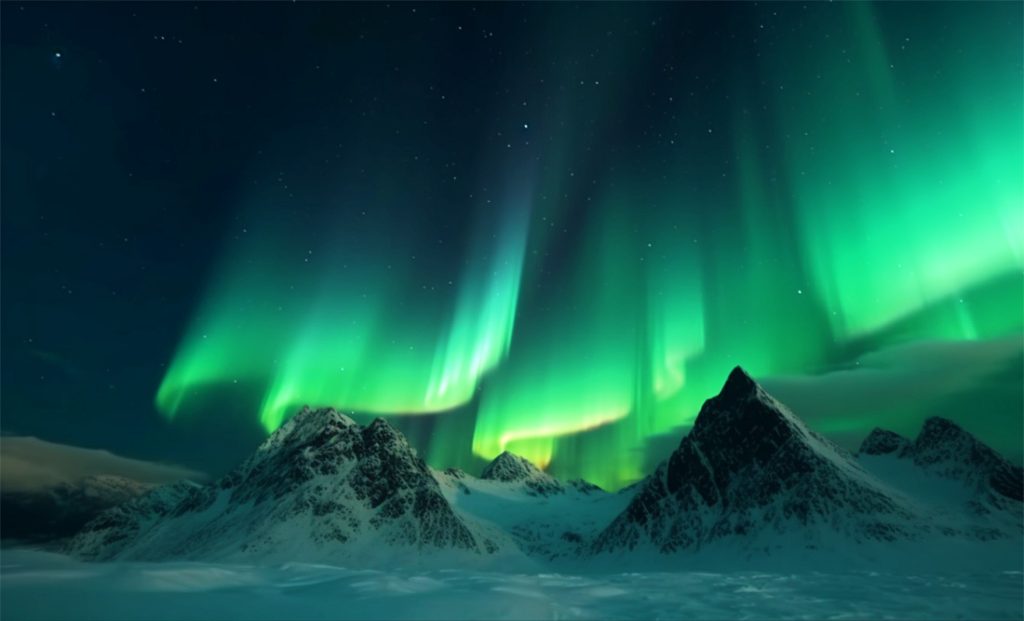
Norse and Viking Myths About the Northern Lights
According to Norse mythology, the Aurora Borealis or Northern Lights was a visual representation of the Valkyries – female warriors who would escort fallen warriors to Valhalla. The lights were believed to be the stuff that made the glimmering armor of these mighty women.
The Vikings also saw the Northern Lights as powerful and mystical beings. They believed it was a bridge between the earth and heaven – representing communication between humans and gods.
Some Viking myths suggest that looking directly at the Aurora Borealis could cause blindness or even death. This belief may have stemmed from their understanding of this natural phenomenon’s power.
For many Norse cultures, seeing the Northern Lights was seen as an omen of good luck in battle or hunting expeditions. It represented strength, courage, and victory over one’s enemies.
For ancient Nordic people, viewing Aurora Borealis had great spiritual significance; it connected them with their deities while reinforcing their beliefs about human morality. Even today, people still marvel at its beauty while appreciating its rich cultural history.
Canadian Stories and Myths About Aurora Borealis Sightings
In Canada, the indigenous people have many stories and myths about the Aurora Borealis. The Cree people of Northern Quebec believe that the lights are the spirits of their ancestors playing a game with a walrus skull as the ball. Meanwhile, some Inuit tribes in northern Labrador believed that if you whistled at the Northern Lights, they would come down and take you away.
For other Canadian First Nations groups, such as those from British Columbia, witnessing an aurora was seen as a symbol of good luck. They also believed that it could be used to predict future events or even solve problems by interpreting its colors and movements.
There is also a well-known legend among Canada’s indigenous communities which tells of how hunters who were lost in blizzards could find their way home by following the auroras. This led them to view it not only as a mystical occurrence but also something practical for survival during harsh winters.
These stories reflect how important nature is to Canada’s Indigenous cultures and how closely they are intertwined with it. While scientific explanations offer insight into what causes phenomena like Aurora Borealis sightings, these ancient tales remind us that there is still much mystery in our world waiting to be discovered.
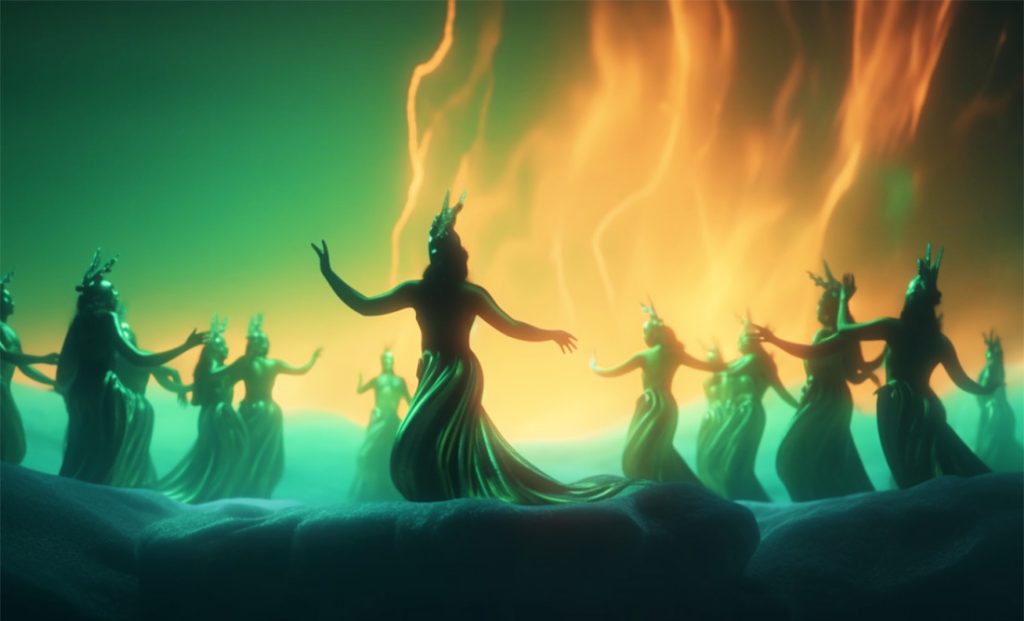
Spiritual Meaning of the Northern Lights
Many cultures believe that witnessing the Aurora Borealis can bring forth a sense of enlightenment and connection to higher powers.
In Native American culture, the Northern Lights are believed to be messages from ancestors or spirits. The Inuit people saw the lights as a way for their ancestors to communicate with them, while other tribes believed they were guiding spirits leading them through difficult times.
Similarly, in Norse mythology, it was said that the Aurora Borealis occurred when Valkyries rode across the sky on horseback. The Vikings held great respect for these warrior goddesses who would choose fallen warriors to take to Valhalla.
For many others, including modern-day visitors and travelers alike, experiencing the Northern Lights is seen as a spiritual awakening. Some believe it’s an opportunity for reflection and introspection; others simply find peace in watching nature’s beauty unfold before them.
Ultimately, whether one believes in its spiritual significance or not, there is no denying that witnessing this natural wonder is an awe-inspiring experience that leaves lasting impressions on all who see it.
What Does it Mean When You See the Aurora Borealis?
If you are lucky enough to witness the Aurora Borealis, it is an experience that will stay with you for a lifetime. Many cultures believe seeing the Northern Lights signifies good luck or a spiritual revolution.
For some people, seeing the Aurora Borealis may represent a connection to nature and remind them of their place in the world. It can also be seen as a reminder to live in harmony with our environment and appreciate its beauty.
Others view the Northern Lights as a symbol of hope and inspiration during difficult times. The stunning display of colors dancing across the sky can bring feelings of wonder and awe, encouraging us to look at life from different perspectives.
In Native American culture, sighting the Aurora Borealis was believed to bring positive change within one’s community. It was thought that when someone saw this natural phenomenon, they were being blessed by their ancestors.
What it means when you see the Aurora Borealis varies depending on your beliefs and personal experiences. But no matter how you interpret it, witnessing this incredible display will leave an unforgettable impression on anyone who sees it.
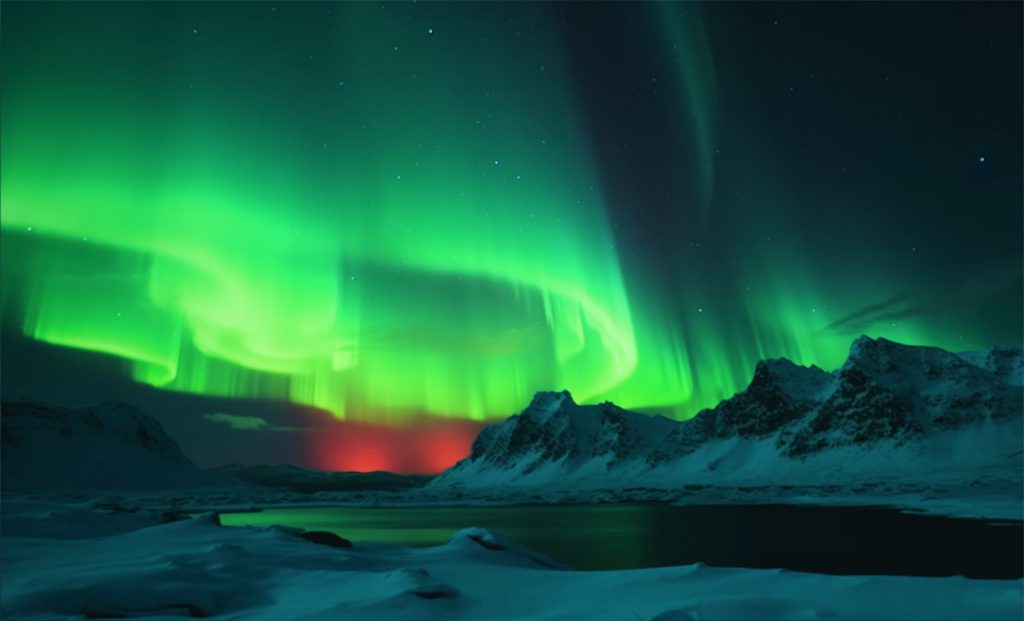
Frequently Asked Questions About the Aurora Borealis Northern Lights
Hopefully, these FAQs will help you if you have questions about viewing this amazing natural wonder!
The duration of a display can range from just a few minutes to several hours. It depends on various factors such as solar activity and weather conditions.
Yes, you can see it with your naked eye but it might not look as vibrant or colorful compared to what you’ll see through a camera lens or binoculars.
Yes, watching the Northern Lights is completely safe. It’s just like staring at any other beautiful natural phenomenon in the sky!
Typically, green is the most common color seen during an aurora borealis display. However, reds, blues and purples are also occasionally visible.
The best time to view them is between September and April, when there are longer nights up north where they occur more frequently. These lights are most active around the equinoxes in March and September
Conclusion
Whether you refer to it as the Aurora Borealis or the Northern Lights – one thing is clear – this is a spectacular natural phenomenon that has captured the imagination of people for centuries. Its beauty and mystery are undeniable, and it continues to inspire awe and wonder in those who witness it.
Beyond its visual appeal, the Aurora Borealis meaning holds significant cultural and spiritual symbolism across various ancient cultures. It remains an important part of folklore, mythology, and storytelling to this day.
Whether you see the Northern Lights as a scientific marvel or a mystical occurrence, there’s no denying its power to captivate and inspire us all. So if you ever get the chance to witness this incredible display of nature’s beauty for yourself, take it – because it truly is an experience like no other! As always, thank you for reading, and I hope this article on the Aurora Borealis meaning was insightful for you!
Mighty brightly,

© Copyrighted. All Rights Reserved.
